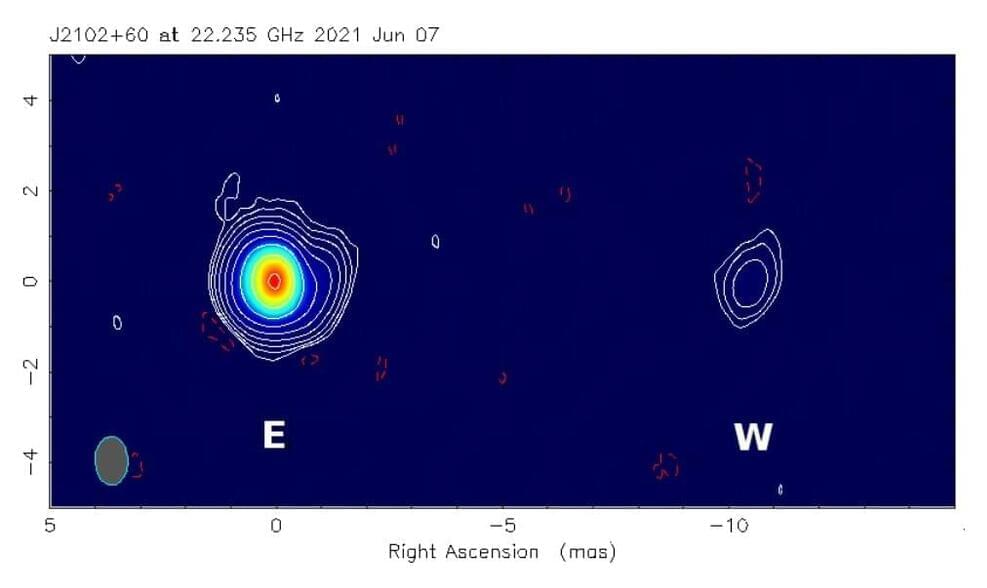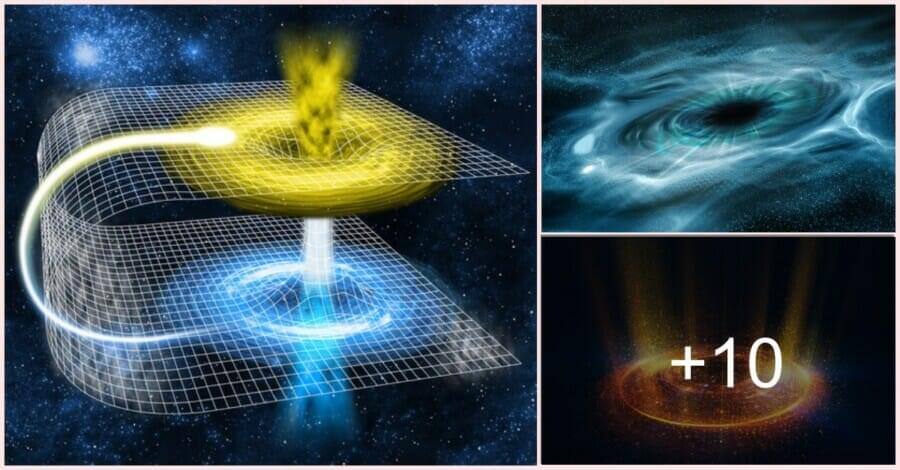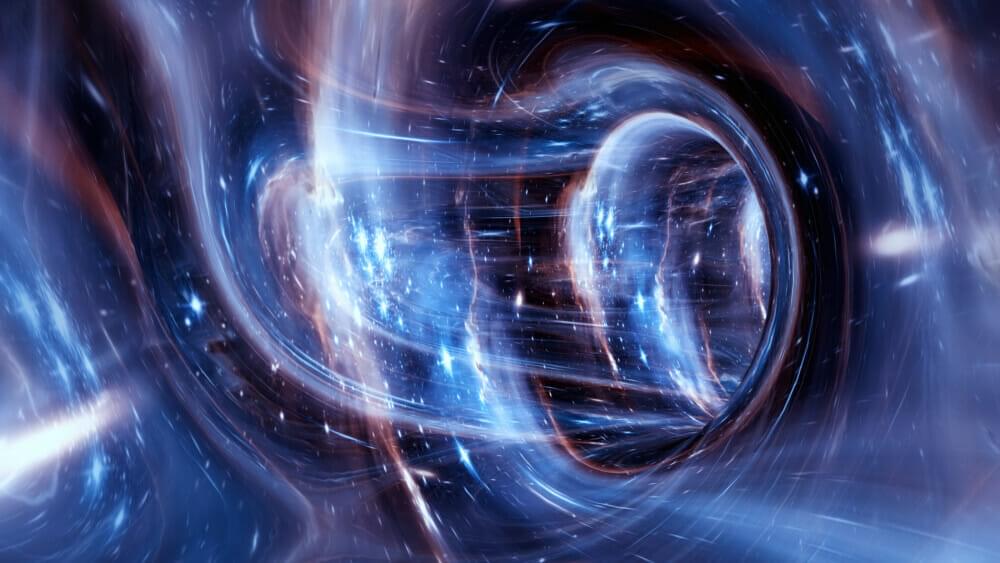Scientists have made one of the most precise maps of the universe’s matter, and it shows that something may be missing in our best model of the cosmos.
Created by pooling data from two telescopes that observe different types of light, the new map revealed that the universe is less “clumpy” than previous models predicted — a potential sign that the vast cosmic web that connects galaxies is less understood than scientists thought.
According to our current understanding, the cosmic web is a gigantic network of crisscrossing celestial superhighways paved with hydrogen gas and dark matter. Taking shape in the chaotic aftermath of the Big Bang, the web’s tendrils formed as clumps from the roiling broth of the young universe; where multiple strands of the web intersected, galaxies eventually formed. But the new map, published Jan. 31 as three separate studies in the journal Physical Review D, shows that in many parts of the universe, matter is less clumped together and more evenly spread out than theory predicts it should be.







